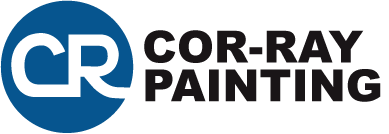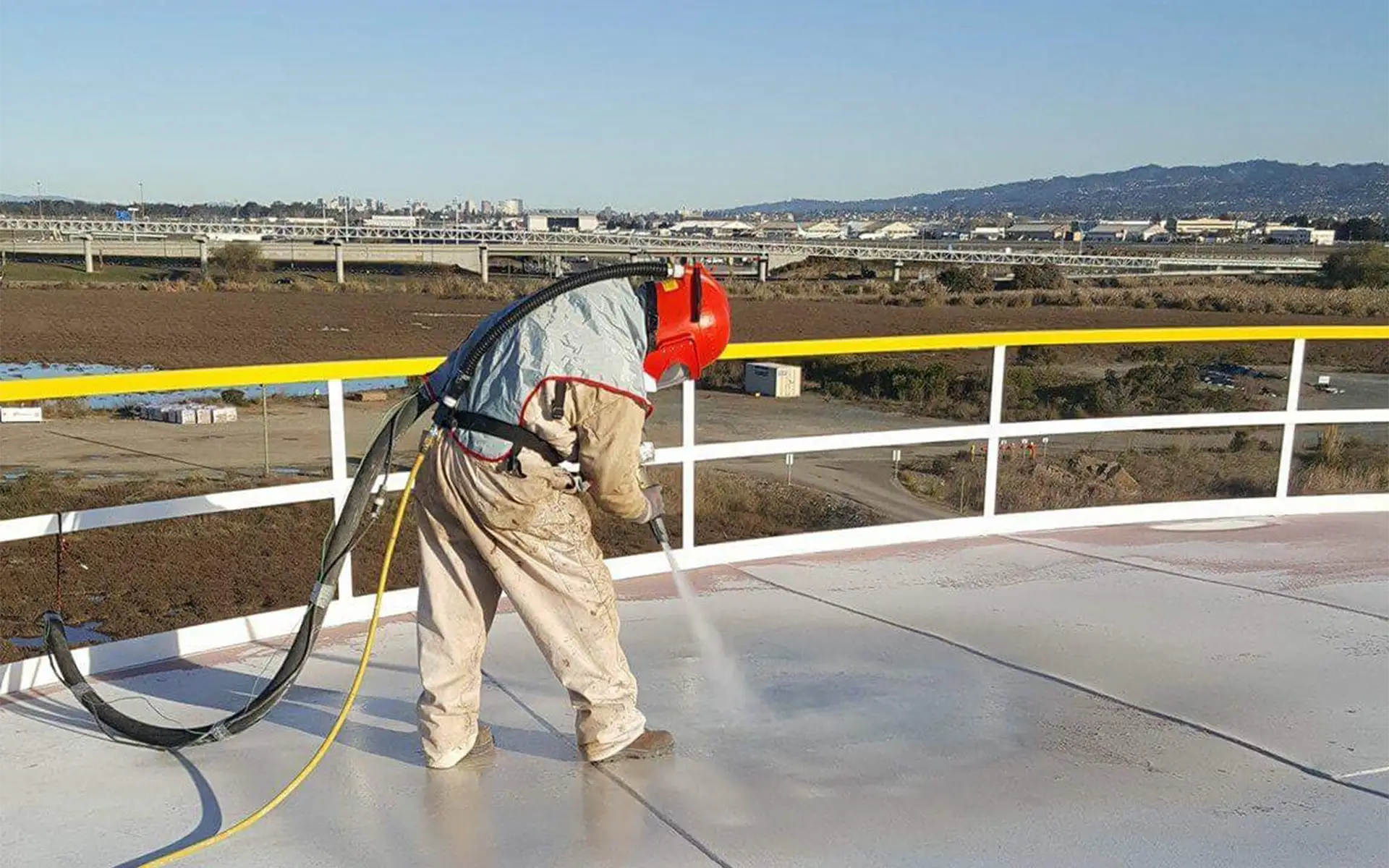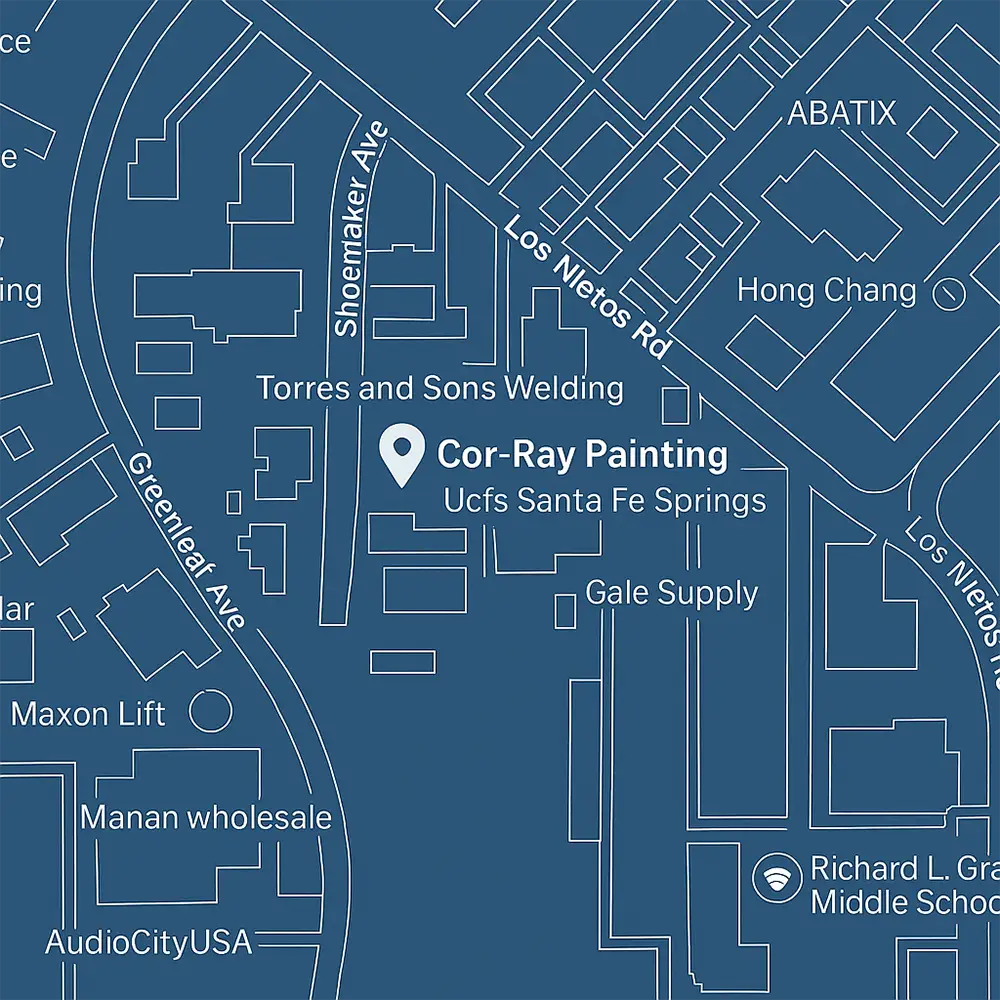When it comes to successfully executing painting and coating projects, preparation is essential. What is surface preparation or surface prep? It’s the process of cleaning, treating, and profiling a surface, such as concrete or metal, before applying a paint or coating system. This crucial step ensures that the coating adheres to the prepared surface and remains effective over time.
This blog provides an in-depth review of industrial and commercial painting and coating surface preparation, examining various methods, their respective applications, best practices, and additional insights.
Why Surface Preparation Is Essential
Painting is hard enough, but redoing a project is even harder. Surface preparation creates the foundation for well-executed and lasting projects. Careful and thorough surface prep helps paint and coating systems achieve strong adhesion, which maximizes corrosion resistance and ensures long-term durability. In fact, even the highest-quality coatings can fail prematurely, causing peeling, blistering, or flaking due to poor bonding or the presence of trapped debris.
Effective surface preparation for painting or coating applications removes oils, rust, old coatings, and other impurities that can degrade the finish. It also creates the right profile for painting and coating systems to adhere securely. Cutting corners during surface prep can lead to costly and time-consuming rework, reduced asset life, and compromised protection. In short, careful surface prep is more than a preliminary step – it’s a performance guarantee.
Surface Preparation Methods
If you’ve ever seen a home’s exterior get a fresh coat of paint, you probably noticed a lot of sanding and scraping before the new color went on. The same principle applies (on a much larger and more technical scale) to commercial and industrial painting projects. Before any coating can be applied, the surface must be properly cleaned and prepared to ensure success and longevity. From blasting to lead abatement, selecting the appropriate surface preparation techniques sets the stage for a coating system that performs under pressure.
Dry Abrasive Blasting
This surface prep method is time-tested. It works by propelling abrasive media, such as aluminum oxide, steel grit, garnet, or glass beads, at high speed to remove tough contaminants like rust, old paint, mill scale, and debris. In addition to cleaning, it also creates a textured surface profile to achieve strong coating adhesion. Dry abrasive blasting is widely used in industrial applications to remove rust, old coatings, and other contaminants on steel and concrete.
Wet/Vapor Abrasive Blasting
This surface prep technique is an effective and environmentally conscious alternative to dry blasting. Wet/vapor blasting combines water with abrasive media, such as sand, under pressure to clean and profile surfaces. The addition of water reduces airborne dust, which helps minimize the need for containment and lowers cleanup costs. Despite using water, it achieves surface cleanliness and profile quality comparable to dry abrasive blasting. Wet or vapor abrasive blasting is well-suited for various applications, including pipelines, tanks, and concrete.
Vacuum Blasting/Power Tooling
This method is both practical and sustainable, especially when handling hazardous materials. As the name suggests, vacuum blasting/power tooling blasts or mechanically removes hazardous materials from the substrate while providing containment during removal. This makes the technique especially well-suited for small or sensitive environments where traditional blasting may pose safety or containment challenges.
High-Pressure Water Blasting
High-pressure water blasting is a safe and effective method for removing a wide variety of contaminants from surfaces, like concrete and steel. This technique uses powerful streams of water, ranging from cold to hot and even steam, to eliminate rust, dirt, old coatings, scales, and other debris. It’s an ideal surface preparation technique for projects that require minimal dust generation and a cleaner environmental footprint. Depending on the surface condition and project requirements, water blasting can be customized to ensure thorough cleaning without damaging the substrate.
Lead Abatement
Lead abatement goes beyond standard surface preparation, involving the permanent removal or control of lead-based paint hazards from buildings and structures. Since the late 1970s, when lead-based paint was officially recognized as a serious health risk, abatement has been a critical component of workplace and environmental safety. The process may include paint removal, enclosure, or encapsulation, each designed to safely address and eliminate lead exposure risks.
Because of the potential dangers to workers and building occupants, lead abatement is strictly regulated by federal and state agencies, including the EPA’s Renovation, Repair, and Painting (RRP) Rule and OSHA standards. Therefore, it must be performed by certified professionals using proper containment methods, protective equipment, and approved disposal procedures.
Surface Preparation by Material Type
Different materials and surfaces require different surface preparation techniques to ensure the coating adheres properly and performs as expected. Let’s explore how surface preparation varies by material type.
Surface Prep for Metal
Metal surface preparation is essential for removing rust, oil, and old coatings, as well as preparing the surface so the new coating has something to grip once applied. The process typically begins with the removal of rust, mill scale, and old coatings using methods like abrasive blasting, wire brushing, or power tools. These metal surface prep techniques also help create a surface profile that provides the new coating with a gripping surface. Degreasing is another essential step, as it eliminates oils, solvents, and other contaminants that could interfere with adhesion.
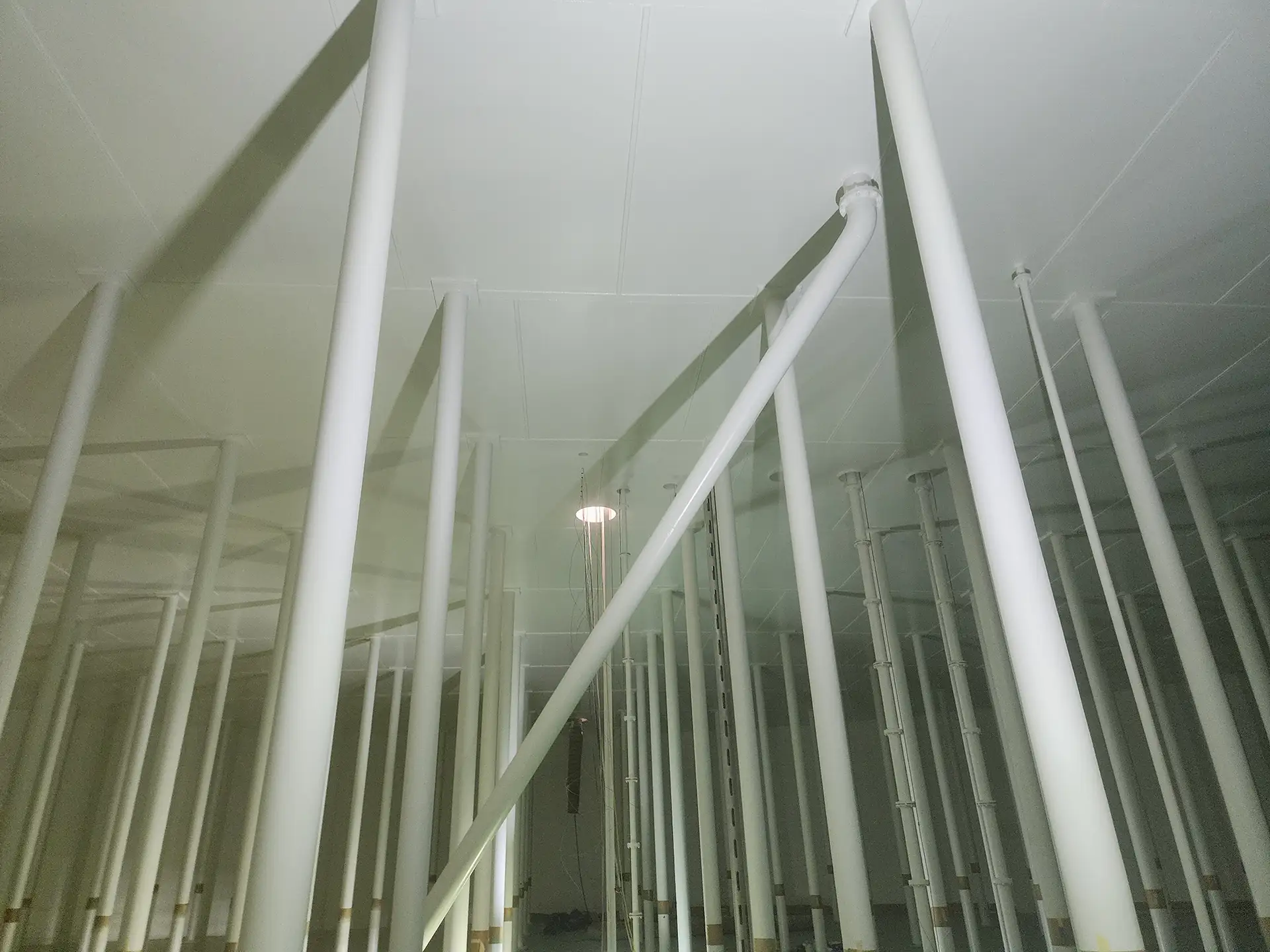
Surface Prep for Concrete
Because concrete is porous and prone to retaining moisture, paint and coating surface preparation is critical for performance and longevity. This process often begins with grinding or shot blasting to remove laitance (a weak surface layer) as well as any old paint, dirt, or other contaminants that could interfere with adhesion. Moisture testing is an essential next step, as applying coatings to damp concrete can lead to blistering, peeling, or premature failure. Furthermore, crack and joint repair is also often necessary to create an even and sound surface for application.
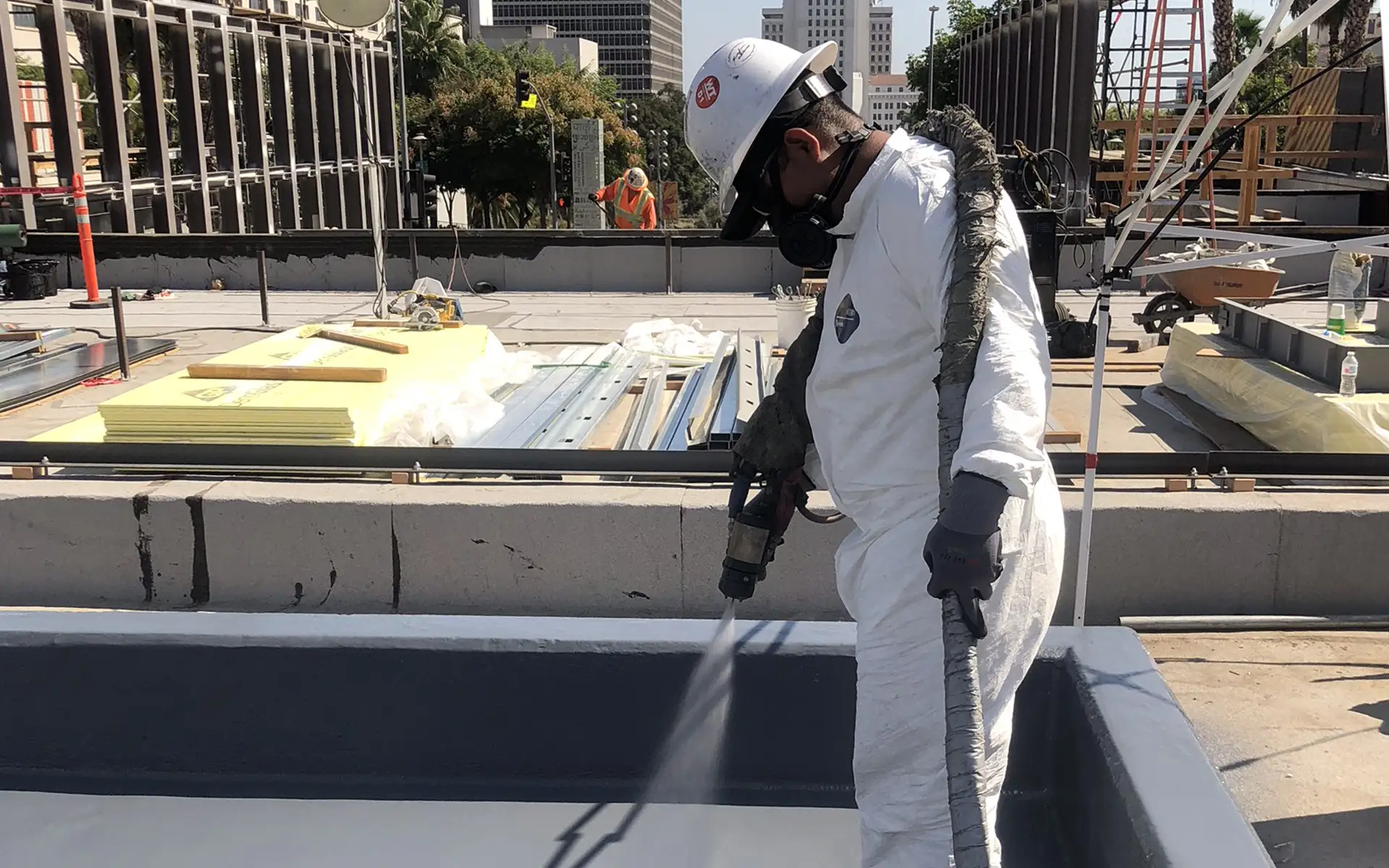
Surface Prep for Wood and Plastics
Preparing wood and plastic surfaces for coating requires a more delicate approach than harder materials, like concrete or metal. As with any surface preparation, the goal is to create a smooth, clean, and uniform surface that allows coatings to bond effectively without damaging the substrate during the surface prep process. Therefore, a combination of sanding, priming, and filler is ideal for these surfaces.
Sanding gently removes surface imperfections, old finishes, and contaminants, while lightly roughening the surface to improve adhesion. Primers help seal the surface to improve coating adhesion and prevent issues like warping (in wood) and peeling (in plastic). Filler, especially with wood, fills cracks, holes, and grain inconsistencies. On plastics, fillers can help with minor surface repairs; however, compatibility with the substrate and coating system is essential.
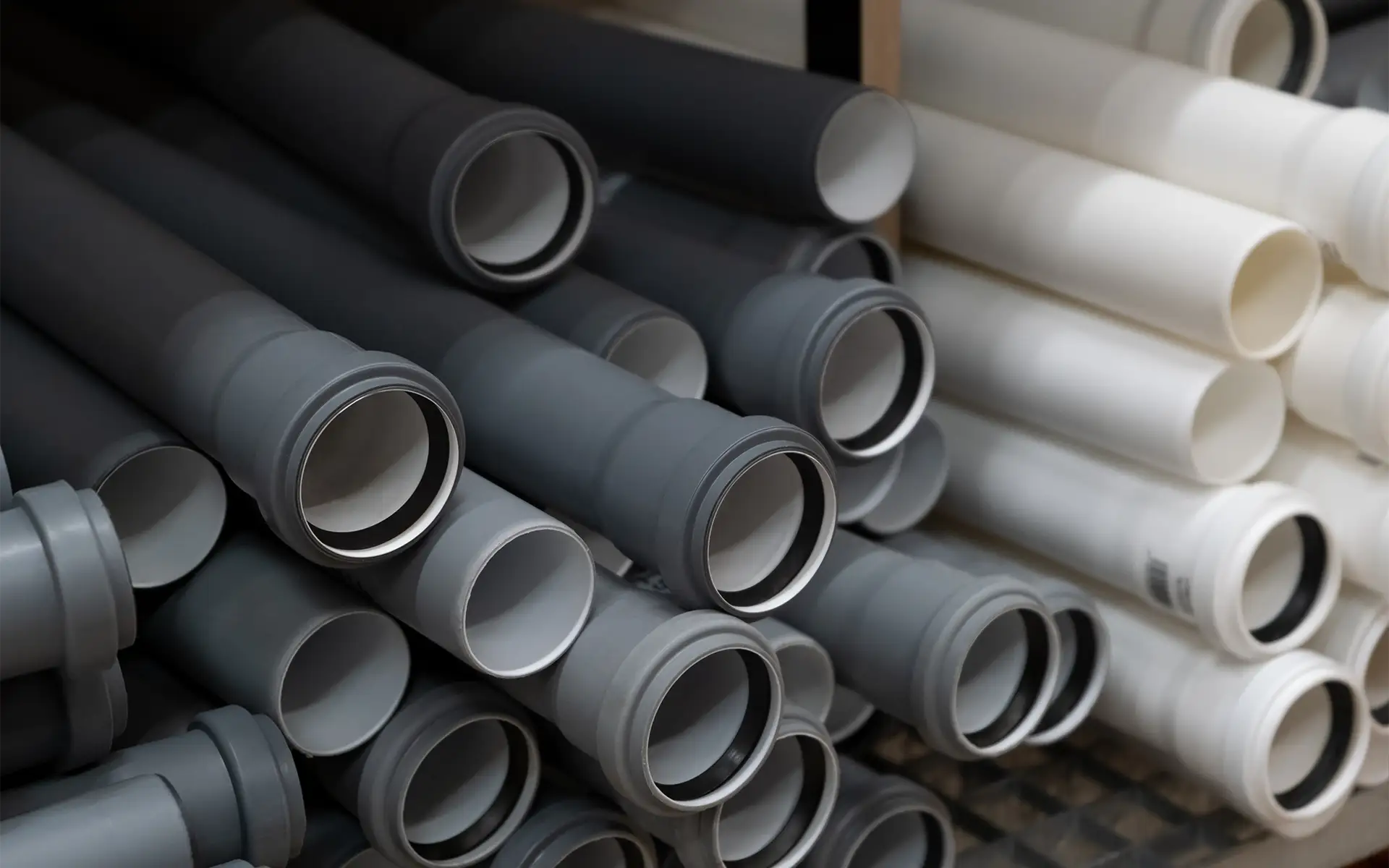
Choosing the Right Surface Preparation Method
Deciding which surface preparation technique is best for a project depends on numerous factors, including the type of substrate, project scale, coating system requirements, and budget. Using the right method ensures proper adhesion, longevity, and performance of the new coating, protecting your investment over time.
This table offers a side-by-side comparison of common surface preparation methods to help guide your decision. When in doubt, consult a professional to assess your substrate and project goals.
Industry Applications of Surface Prep
Surface prep for painting is a critical first step in many industries where coatings must perform reliably under specific mechanical and environmental demands. Let’s explore a few use cases.
- Industrial Coating Systems: Industrial surface preparation is critical for facilities with structural steel, storage tanks, pipelines, or heavy equipment. With industrial surface prep projects, abrasive blasting or power tooling is often used to prepare these types of surfaces for high-performance coatings. Standards like SSPC-SP10 (near-white blast cleaning) are commonly referenced in these settings to ensure quality and consistency.
- Aerospace Surface Prep: In aerospace applications, fuel containment systems, such as wing tanks, demand precise and highly controlled surface preparation to ensure coating adhesion and sealant effectiveness. For these projects, only approved, aviation-grade materials (e.g., MIL-PRF-81733 sealants, epoxy primers) may be used, and coatings must be applied to correctly prepared surfaces in accordance with OEM specifications or NADCAP-certified processes.
- Marine and Offshore Applications: Ships, docks, and oil platforms require aggressive surface preparation, like dry or wet blasting, to protect against saltwater corrosion. Methods in these cases often follow SSPC/NACE joint standards like SP-5 (white metal blast cleaning) to meet durability requirements for harsh environments.
Best Practices for Surface Preparation
Coating system success begins with thorough and consistent surface prep. Following these steps can help optimize results.
- Step 1: Inspect the surface to identify contaminants, coating failures, corrosion, or structural issues that may impact preparation and coating performance.
- Step 2: Select the right surface preparation solution based on substrate type, coating requirements, environmental limitations, and project scale.
- Step 3: Ensure surface cleanliness by removing all dust, debris, oils, rust, and old coatings. Surface cleanliness levels should align with industry standards (e.g., SSPC-VIS 1 visual guides).
- Step 4: Perform adhesion testing using pull-off or tape tests to confirm that the prepared surface will support proper coating adhesion before full application.
Success also means avoiding common surface preparation mistakes, such as skipping it altogether, using incompatible abrasives or chemicals, failing to let substrates dry fully before coating applications, or neglecting to test for moisture or pH (especially on concrete).
Surface Preparation Safety Guidelines
Surface prep processes often involve hazardous environments, chemicals, and high-powered equipment, making safety a critical component of any project. Proper use of personal protective equipment (PPE), including safety glasses, gloves, respirators, ear protection, and protective suits, is essential, especially during abrasive blasting, grinding, or chemical applications. Adequate ventilation must always be maintained, particularly when working in enclosed spaces or using solvent-based materials, to prevent exposure to harmful fumes.
Compliance with OSHA and EPA regulations is mandatory, especially when handling hazardous substances such as lead-based coatings. This includes following OSHA’s respiratory protection standards and EPA rules governing lead abatement and the use of chemicals. Finally, all waste and dust, whether from abrasive media, chemical residues, or old coatings, must be properly collected and contained using filtration systems and disposed of through approved hazardous waste channels to protect both workers and the environment.
Conclusion
Proper surface preparation is the foundation of long-lasting, high-performance results, whether you are painting a house or structural steel. In any case, skipping or rushing surface prep for painting and coating systems can lead to premature application failure, costly rework, and safety hazards.
If you are looking for industrial-grade coating systems, including comprehensive and high-quality surface preparation services, contact Cor-Ray Painting. As a niche leader in industrial and specialty coatings, we have extensive experience in surface prep services, ensuring the smooth application, performance, and integrity of coating solutions.
Contact Us Today
Frequently Asked Questions (FAQ)
Why is surface preparation important before painting or coating?
Comprehensive surface preparation ensures the success of painting and coating applications by thoroughly cleaning and preparing surfaces/substrates for smooth, durable, and lasting application results.
How do I choose the right surface prep method for my project?
Consider the surface material coating type, environment, project scale, and industry standards when choosing a surface preparation method. (Reference our table above).
What tools and materials are commonly used in surface preparation?
Sanders, grinders, shot blasters, power washers, and hand tools are common surface prep tools. Materials may include water, abrasives, degreasers, primers, fillers, and sealants.
Can I do surface prep myself or should I hire a professional?
Small-scale or cosmetic preparation can be done DIY, but for industrial projects, coatings requiring specification compliance, or hazardous material removal (such as lead), hiring certified professionals is highly recommended.
How do I prepare concrete surfaces before applying a coating?
Begin by cleaning the surface, repairing cracks, and removing laitance or old coatings using grinding or shot blasting. Then test for moisture to ensure the surface is dry enough for proper adhesion.
Are there eco-friendly surface preparation options?
Yes, wet/vapor abrasive blasting, vacuum blasting, and high-pressure water blasting minimize dust and environmental impact during surface prep. Using low-VOC materials and proper waste containment is also beneficial to the environment.
